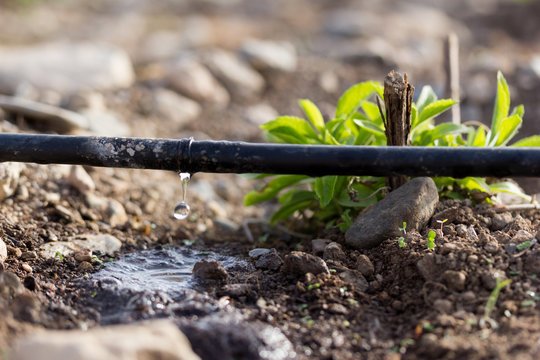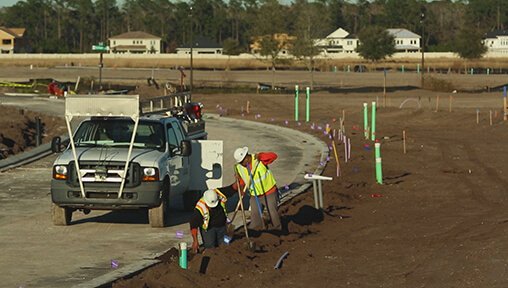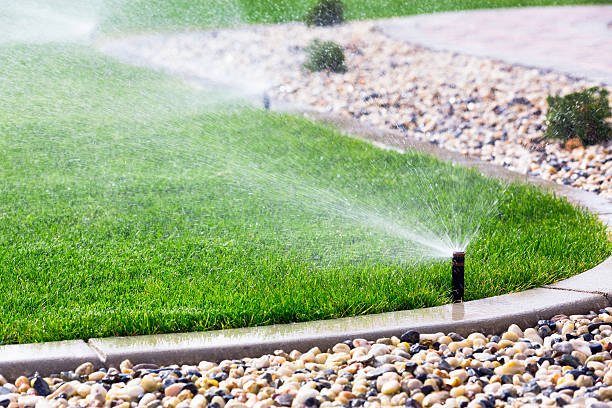Economic Impact of the Irrigation Equipment and Services Industry
$8.92 billion in estimated annual spending (irrigation equipment and services)
2.3% in industry compound annual growth over the past decade
Industry growth impact: 167,000 jobs in 2020
In 2019-2020, IIC partnered with the Irrigation Association to assess the economic impact of the irrigation industry, providing a much-needed update to a study conducted a decade earlier.
Understanding the irrigation industry’s size and growth trends is essential information that can help key players in business, policy, and other sectors prepare for expected (e.g., cyclical recessions, droughts) and unexpected (e.g., public health crisis) events that may impact the industry, irrigation end users, and in turn, society.
The irrigation industry is critically important to the U.S. economy, supporting irrigated crop production, horticulture, and, landscaping. Economic drivers that influence spending on irrigation equipment and related services differ for crop production, horticulture, and, landscaping sectors.
To better understand these drivers and industry growth trends, the Irrigation Association partnered with the Irrigation Innovation Consortium to estimate expenditures on a per acre or square foot basis on irrigation system investment, operation and maintenance, periodic replacement, and upgrades over the past decade in the U.S.
“In agriculture, commodity prices account for most growth and variability in crop irrigation equipment sales over time, although local conditions and changing weather patterns play roles at a regional level. In contrast, single-family housing starts are the main macro driver for landscape equipment sales and services.”
- George Oamek, Headwaters Corporation
Equipment expenditures appear to be roughly similar for crop irrigation ($2.4 billion) and landscape irrigation ($2.3 billion), which includes residential and commercial uses. Due to mark-up and installation costs relative to equipment value, the landscape sector accounts for an additional $3.9 billion in annual expenditures. Including net exports increases the annual expenditure estimate to $8.92 billion.
While the COVID-19 pandemic dampened manufacturing and spending due to supply chain issues, global restrictions on entertainment and travel led to increased in investment of disposable income in residential landscape improvement.
Looking ahead, climate change impacts and declining freshwater supplies are likely to negatively impact crop producers, housing developers, homeowners and consumers. Water-conserving technologies are likely to be increasingly incentivized to encourage smarter irrigation to mitigate those impacts.
Having more publicly available irrigation industry data representing the residential and commercial sector (e.g., in the form of the NAICS code) would significantly advance our understanding of the irrigation industry’s size and expenditure trends for each sector. Until that is the case, single-family housing starts and anecdotal evidence will continue being the primary source explaining residential and commercial irrigation sector expenditure trajectories. If more data like this were to become available, conducting this study every 5 years would be beneficial.
Summary of the report presented by George Oamek, on May 4, 2022.



